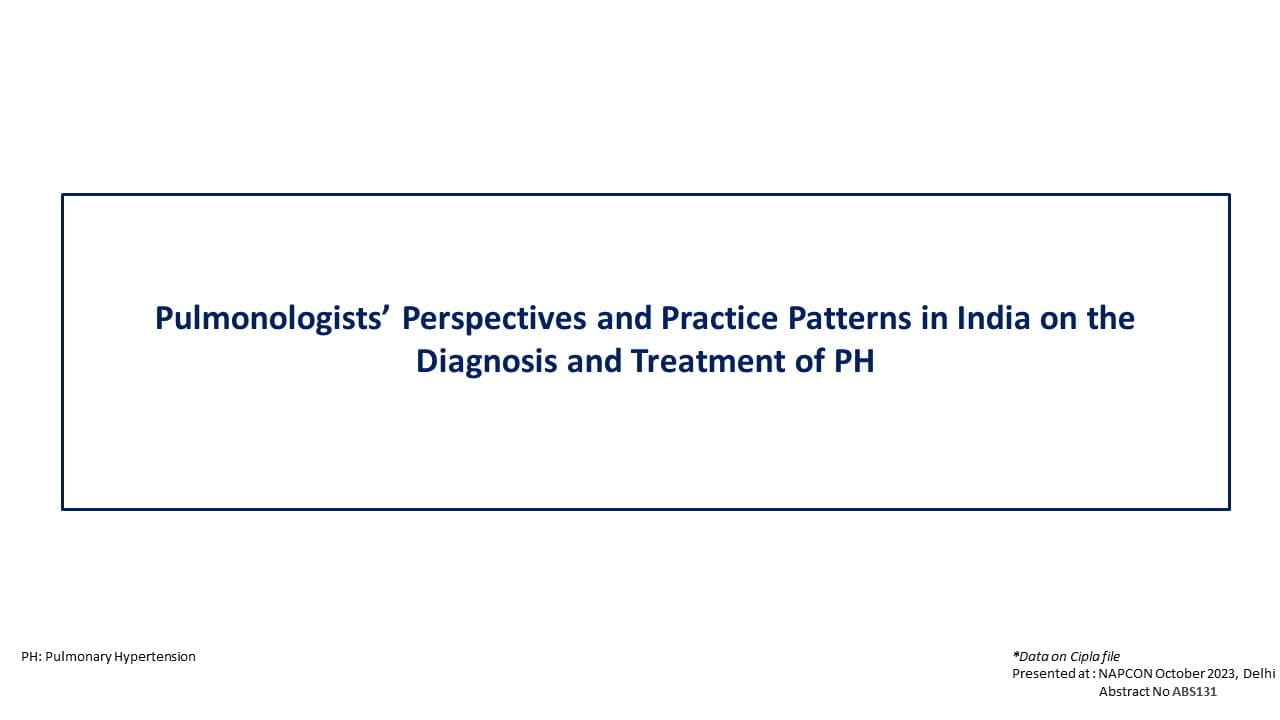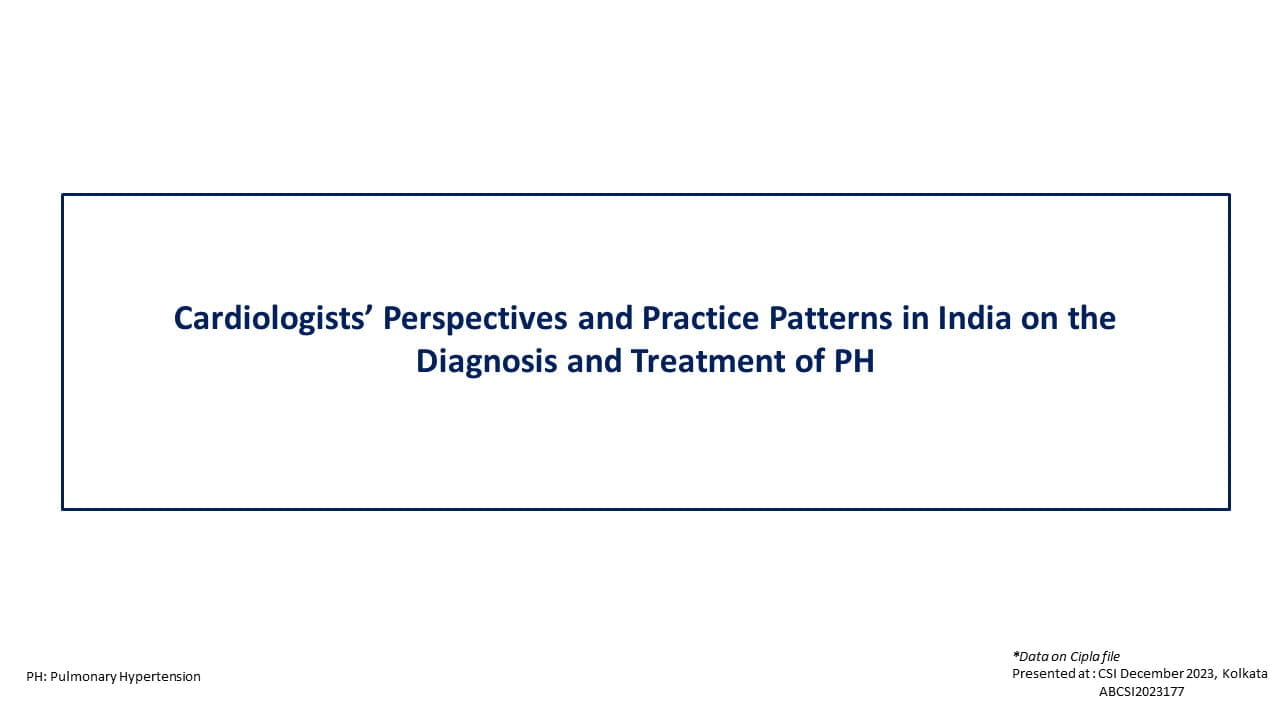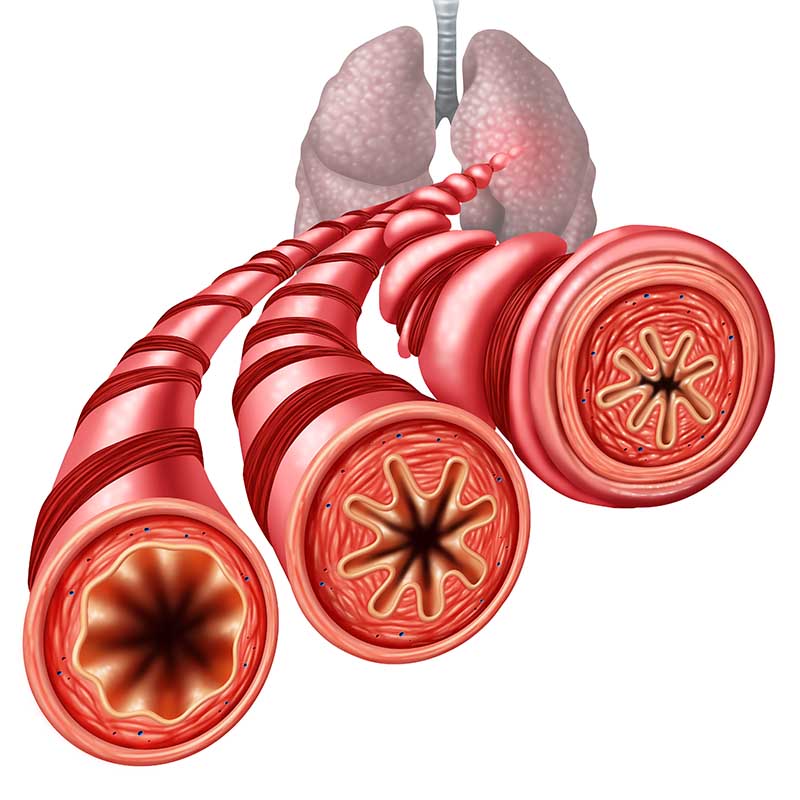Chronic Kidney Disease in Patients with Newly Diagnosed Ketosis-Onset Diabetes
28 Apr, 25
Introduction
The prevalence and clinical characteristics of chronic kidney disease (CKD) among patients with ketosis-onset diabetes (also known as ketosis-prone diabetes) have not been studied well till date. Moreover, there exists a substantial controversy regarding the appropriate classification of ketosis-onset diabetes.
Aim
To determine the prevalence and clinical features of CKD in patients with newly diagnosed ketosis-onset diabetes, and to find evidence in support of classifying ketosis-onset diabetes as a type-2 diabetes mellitus (T2DM)-subtype.
Patient Profile
- Patients with newly diagnosed diabetes, categorized as:
- Patients with type 1 diabetes mellitus [T1DM, newly diagnosed diabetes with positive glutamic acid decarboxylase (GAD) and/or islet antigen-2 (IA-2) autoantibodies, n=217]
- Patients with ketosis-onset diabetes (newly diagnosed diabetes with diabetic ketosis, but without GAD and IA-2 autoantibodies, n=698)
- Patients with non-ketotic T2DM (newly diagnosed diabetes without GAD/IA-2 autoantibodies and diabetic ketosis n=993).
- Patients were also categorized into five age group categories: ≤39 years, 40-49 years, 50-59 years, 60-69 years, and ≥70 years.
Methods
Study Design
- A real-world, cross-sectional study.
Assessments
- Comprehensive physical examination [weight, height, body mass index (BMI), etc.] and laboratory examination [glycated hemoglobin (HbA1c), fasting plasma glucose (FPG), 2-h post prandial glucose (2-h PPG), serum uric acid, urinary albumin excretion etc.]
Outcomes
- The prevalence and clinical characteristics of CKD among the three groups, as categorized by diabetes status.
- Risk factors associated with CKD in each group.
Result
- Patients in the ketosis-onset diabetes groups were predominantly males, had a higher FPG and 2-h PPG, those with T1DM or non-ketotic T2DM (p for all <0.05).
- Patients with ketosis-onset diabetes had significantly higher fasting plasma C peptide and 2-h postprandial C-peptide those with T1DM, but the same was significantly lower vs. those with non-ketotic T2DM before and after adjusting for age and sex (all P <0.001).
- The prevalence of CKD did not differ significantly as per gender (and as adjusted for age) in those with T1DM (9.2% for men, 7.2% for women; P =0.452) and ketosis-onset diabetes (16.9% for men, 20.2% for women; P = 0.724) after controlling for age (Figure 1A and C). But the CKD prevalence was distinctly higher among men women among patients with non-ketotic T2DM (24.1% vs 17.8%; P = 0.004) (Fig. 1).
Fig 1: Gender-specific Prevalence of CKD as per diabetes type
- Amongst patients with T1DM, the CKD prevalence remained similar between the first three age groups but increased gradually from the third to the fifth age group. The CKD prevalence in patients with ketosis-onset diabetes did not differ among the first four age groups but was highest in the fifth age group. Amongst patients with non-ketotic T2DM, the CKD prevalence increased gradually from the second to the fifth age group.
- As per analyses adjusted for age and gender, patients with ketosis-onset diabetes had significantly higher prevalence of CKD (17.8%) those with T1DM (8.3%, P = 0.007). The same did not differ significantly when compared to those with non-ketotic T2DM (21.7%, P = 0.214) (Fig. 2).
Fig 2: Prevalence of CKD as per diabetes type
- Patients with ketosis-onset diabetes had significantly urinary albumin excretion those with T1DM (P < 0.001), the urinary albumin excretion did not differ significantly patients with ketosis-onset diabetes and those with non-ketotic T2DM (P = 0.257) (Figure 3A).
- The percentage of patients with urinary albumin excretion < 30 mg/24 h and 30-299 mg/24 h was similar between the ketosis-onset diabetes and non-ketotic T2DM groups but significantly different those with T1DM. Among the three groups, patients with ketosis-onset diabetes had the lowest proportion of patients with urinary albumin excretion ≥ 300 mg/24 h.
- In patients with T1DM, systolic blood pressure (SBP) [odds ratio (OR): 1.122; 95% confidence interval (CI): 1.023-1.230; P =0.015) was associated with increased risk of CKD.
- The risk factors for CKD, including age, serum uric acid, and C-reactive protein (CRP), observed in patients with ketosis-onset diabetes were also present in patients with non-ketotic T2DM. Diabetic retinopathy (OR:2.943; 95%CI: 1.171-7.397; P = 0.022) and BMI (OR:1.109; 95%CI: 1.004-1.224; P = 0.041) were also associated with a significantly increased risk for CKD in patients with ketosis-onset diabetes.
- Diastolic blood pressure (DBP; OR:1.028; 95%CI: 1.001-1.055; P = 0.045) and total cholesterol (TC; OR:1.233; 95%CI: 1.031-1.474; P = 0.022) independently predicted the CKD risk in patients with non-ketotic T2DM.
Conclusions
- The study demonstrated similar prevalence, clinical characteristics, and risk factors for CKD among patients with ketosis-onset diabetes v those with non-ketotic T2DM. The same however differed substantially for patients with T1DM.
- The findings favor the classification of ketosis-onset diabetes as a subtype of T2DM rather than idiopathic T1DM.
World J Diabetes 2025 March 15; 16(3): 100059. DOI: 10.4239/wjd.v16.i3.100059.










